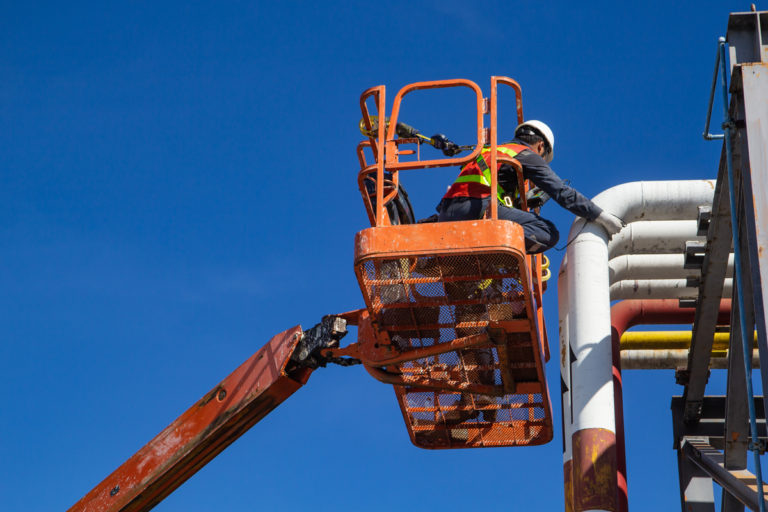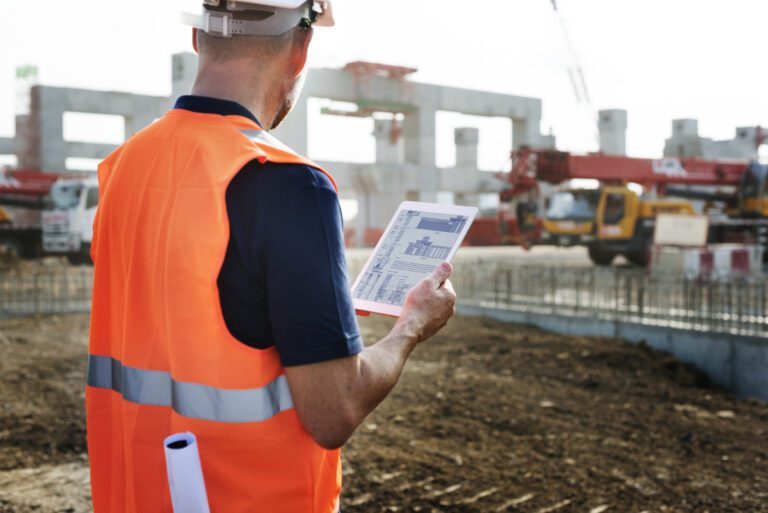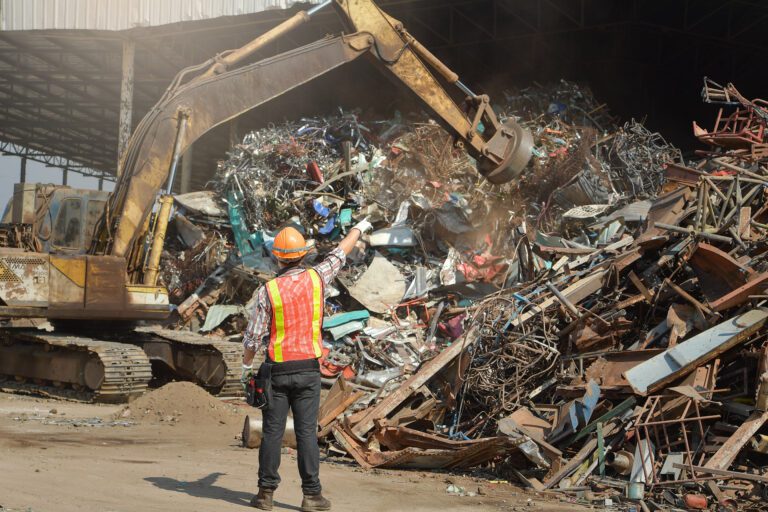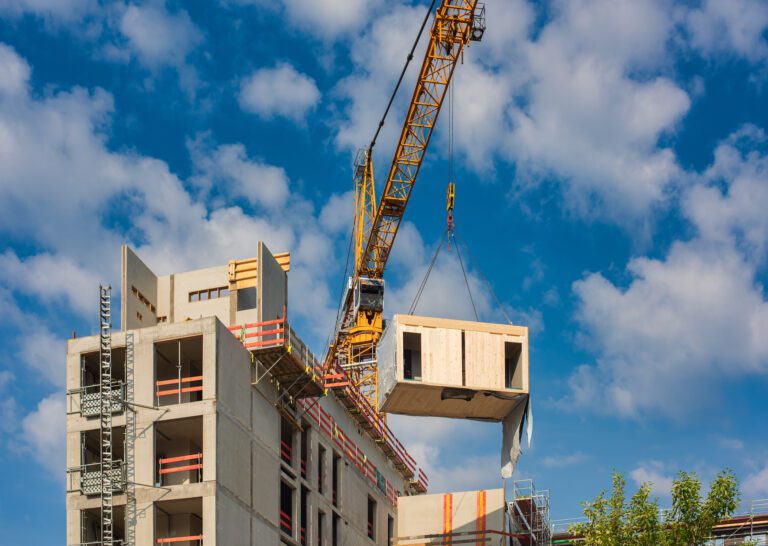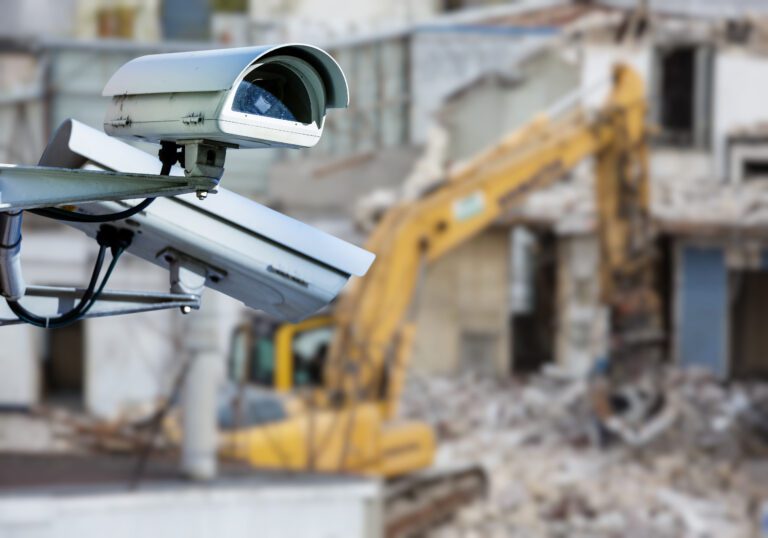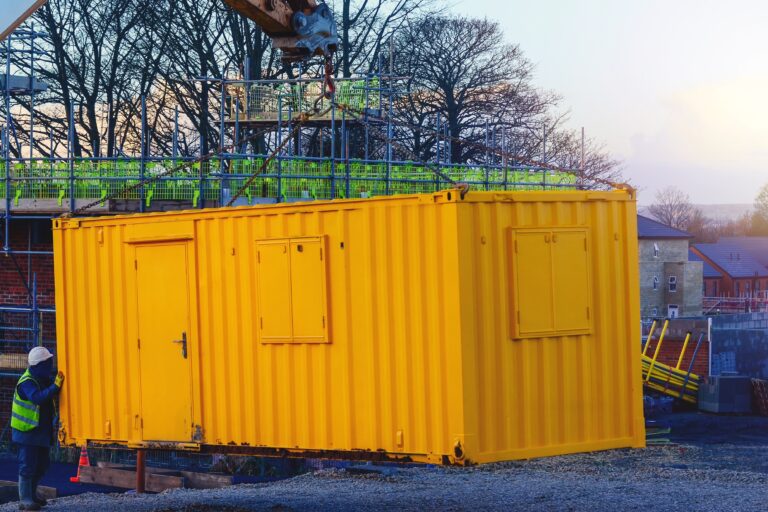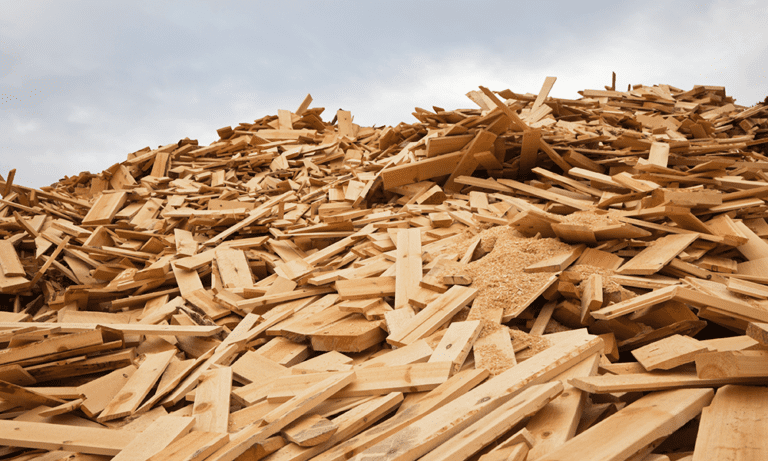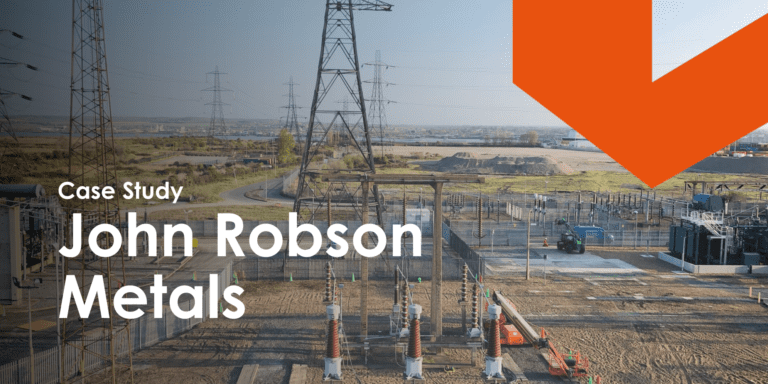21st December, 2021
Telehandler Attachments That Increase Productivity
Telehandlers are very versatile pieces of equipment. In this post we explore a range of telehandler attachments to perform various jobs on site.
Telehandlers are very useful pieces of machinery to have on a construction site and are used heavily across the construction sector.
They are most commonly used for lifting different loads as they can extend and retract depending on what height you need to reach.
However, aside from being able to lift heavy loads they are very versatile pieces of equipment and can perform various capabilities. By using different telehandler attachments, you can enjoy the functionality of several machines from one product. In turn, this elevates their efficiency further as they can be used for a number of different tasks.
This is a huge benefit for any construction manager as it reduces the amount of capital spent on different pieces of equipment. Whereas a single forklift might only be capable of performing specific tasks, by fitting different attachments you can transform it into a mult-functional product.
In this blog post we’ll explore what telehandlers are and the different attachments you can use to increase productivity on site.
What Is a Telehandler?
A telehandler, also known as a telescopic handler, is widely used in the construction industry. It is most commonly used to lift loads and can extend/retract to adjust the maximum lifting height depending on how much reach is required.
It features a boom that can extend forwards and upwards from the vehicle. At the end of the boom, the operator can fit one of several attachments to perform different tasks such as pallet forks, a bucket, or a hydraulic pipe handler. We will explore each of these attachments and how they work further in this post.
One of the biggest appeals of a telehandler is its ability to do the job of other machines – but with extra height. A telehandler is able to lift, scoop, remove, push, and pull making it very versatile and useful for projects across various industries. You will often spot these machines on construction sites, farms, mines, and waste management areas.

Is A Telehandler the Same as a Forklift?
In many ways a telehandler resembles a forklift, but because it has a boom (also known as a telescopic handler), it is also very similar to a crane with the increased versatility of a single telescopic boom that can extend forwards and upwards from the machine.
A normal forklift is restricted at a much lower level, and therefore isn’t suitable for certain projects. Furthermore, a telehandler is a large piece of machinery meaning it is not capped by the same weight restrictions as a forklift and can manage heavier loads.
Why Should I Use Telehandler Attachments?
By using the same piece of equipment for a variety of jobs, the running and maintenance costs are relatively low compared to using several different pieces of kit.
Most modern telehandler forklifts are fitted with a telescopic boom that can accommodate a variety of lifting attachments to suit different jobs. They also include features that make them suitable for a diverse range of terrains and environments, which further emphasises their versatility. This allows workers to complete jobs quickly, safely and efficiently.
Furthermore, the majority of machines can replicate the functionality of cranes and mobile elevating platforms (MEWPs) through a design feature called a ‘quick hitch’. This enables operators to swiftly alternate from one attachment to another with minimal hassle to perform different tasks.
What Are the Different Telehandler Attachments?
Now that you know what a telehandler is and why it is important, let’s take a look at some of the different telehandler attachments available.
Standard Carriage
The standard carriage is one of the most common attachments on a construction site as it can be used for a variety of applications. It connects to the telehandler via a pin and hook connection which makes changing attachments quick and easy.
Furthermore, with a range of sizes to choose from, usually 48, 60 and 72-inch widths, you can decide which product best suits your project requirements. Identifying what material is being moved and the width of the load will determine the size of the carriage needed for the application.
A great advantage of the standard carriage is that you can adjust it from side to side and position it in the best way possible, allowing you to pick and place materials. This comes in very useful when moving various items around your site especially when you’re placing a load on a surface which is not level. For example, if you’re putting tiles on a pitched roof which is at an angle.
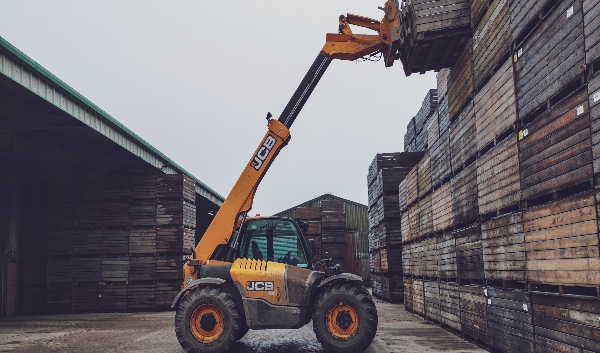
Work Platform
The work platform is an essential telehandler attachment, as it allows workers to access remote areas on site. Depending on the size of the work platform, it can accommodate a few workers at the same time, allowing them to complete jobs safely and quickly in hard to reach areas.
Work platforms can be adapted to a range of applications including the maintenance of industrial equipment, renovations, roofing, and installation jobs, just to name a few.
The reason they are so versatile is because they differ in maximum lifting height giving you flexibility in terms of how far you need them to reach.
To enhance their versatility even further, the work platform not only accommodates personnel, but also a variety of materials and equipment. This means there is enough room for both your employees and their toolkits to complete the job at hand.
However, as personnel are being lifted in this Mobile Elevated Work Platform (MEWP), their safety is paramount. Is the responsibility of project managers to ensure the correct precautions are in place so that the operator is safe at all times.
Pallet Forks
Pallet forks provide an additional support to the telehandler as they lift and handle different types of materials. The width of the pallet fork can easily be adjusted depending on the load it is carrying.
These attachments are used across a wide range of industries, and are often used in construction to lift up packaged goods such as bricks. They are also an ideal choice if you’re wanting to fit items into an overhead storage container as they can fit into confined spaces. This is a huge advantage if you’re working on a small site where space is restricted.
Pallet forks consist of two separate forks allowing it to support the weight of the load being carried and making it easier to support. Due to their stability, a pallet fork is a useful attachment when lifting or moving loads onto uneven ground. This is usually the case on a construction site when you can’t rely on having flat surfaces.
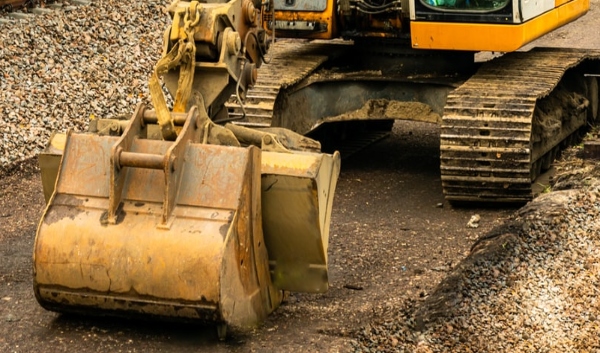
Telehandler Buckets
Telehandler buckets are available in a variety of forms. This includes skid-steer buckets, grapple buckets, compact utility loader buckets, and fork mounted style buckets. As well as a variety of bucket types, they are also available in a range of sizes to give you more control over how you use them.
These type of buckets are built for rugged use, and some even come equipped with
heavy duty components such as hoses, fittings, and hydraulic cylinders. They are designed to be strong and robust and are capable of scooping up different construction materials such as loose debris and gravel.
As a result, they need to be fit for purpose and heavy duty.
Auger
The auger attachment enhances the productivity and versatility of your telehandler. This piece of equipment comes in a variety of sizes so you can choose the best one that fits your application. The most common applications of auger attachment are digging holes, drilling post holes, mixing and pouring cement, and grinding stumps.
Augers have a long, heavy-duty steel shaft with attached blades that spiral in a downward motion. The auger is like the drill bit on an electric drill. As the auger is forced deeper into the ground, its blades rotate in order to grab the material, wrapping it around the shaft and preparing it for extraction.
An auger attachment is very powerful and is capable of breaking through even the toughest of materials. Due to the robust hydraulics, the auger breaks into any soil condition with ease and efficiency. Even in tough and rocky soil, the high torque keeps the auger steady and powerful to maintain performance and complete the job.
Telehandler Big Bag Lifter
A telehandler big bag lifter comprises two long prongs with stopping blocks on the ends that are attached to the telehandler. These are used to lift any number of large bags depending on your requirements.
If you consider how long it would usually take you to manually load a lorry or truck, a telehandler big bag lifter is very useful. Also by using this type of attachment, you are protecting the health and well being of your employees as you are not relying on manual labour.
In terms of health and safety, project managers have a responsibility to reduce and eliminate lifting and carrying where possible. It’s advised that they should consider using machinery such as telehandler attachments, as heavy lifting can result in physical injury.
Hydraulic Pipe Handler
If you are working with piping and are looking for ways to improve your operation times and reduce costs, then look no further than a hydraulic pipe handler. It’s a safe and efficient piece of equipment when handling steel or poly pipe and is compatible with a telescopic handler.
Furthermore, it is easy to transport and can be set up in a matter of minutes. This is a huge benefit as you don’t want your employees wasting valuable time trying to figure out how equipment works. However, a hydraulic pipe handler can be prepared and ready to operate as soon as your employees arrive on site.
They are also very stable meaning you can position your load exactly where you want it. Moreover, they are time efficient in terms of manual labour, as the index arms pick up the pipe straight off the pipe racks meaning you don’t need to keep bending down. Again, this is important for health and safety as overexertion can lead to physical injury.
Hydraulic Pole Handler
Another time saving and efficient attachment is the hydraulic pole handler. This provides a safe, secure, and reliable method when handling poles and pipes.
You can easily position, remove, and stack posts used in the construction of bridges and roads without having to rely on manpower. The high-pressure cylinders and standard lock valve will ensure that you maintain a firm grasp, even if you lose any pressure.
The hydraulic pole handler also ensures maximum accuracy as you can grab the pole and position it exactly where you want. You can also rotate the attachment horizontally and vertically to relocate the pole if needed.
The grab of the hydraulic pole handler is designed for both pole removal and installation as the strong jaws ensure a tight grip on the pole for safe extraction.
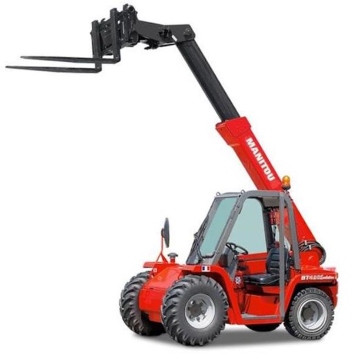
Telehandler Attachments That Increase Productivity
Telehandlers are extremely versatile pieces of equipment. They excel at moving, lifting, and positioning various materials.
Aside from this, they can also be used to transport your employees to hard-to-reach areas, allowing them to complete their jobs safely and efficiently.
By utilising a range of telehandler attachments, you can transform a single piece of equipment into a multi-functional tool.
At YardLink, we supply a wide range of telehandlers to suit your needs. Our telehandlers come with a lift height between 4 and 20 meters while our roto telehandlers can extend to 29.5 meters. This gives you more flexibility when selecting which machinery you need on site. If you’re unsure about which piece of lifting equipment is right for you, give us a call! We’d love to discuss your tool rental requirements.
YOU MIGHT ALSO BE INTERESTED IN

